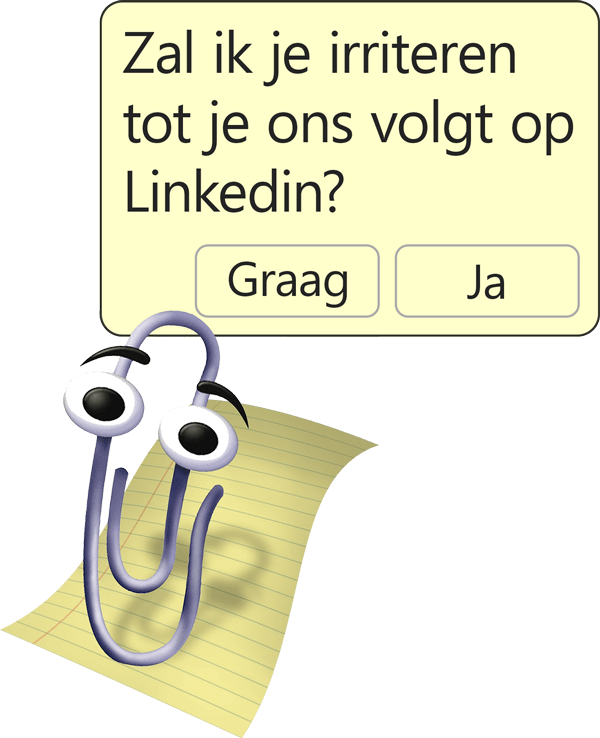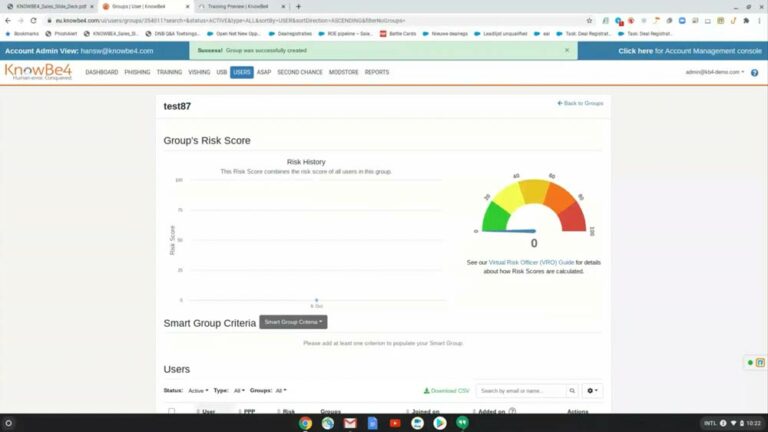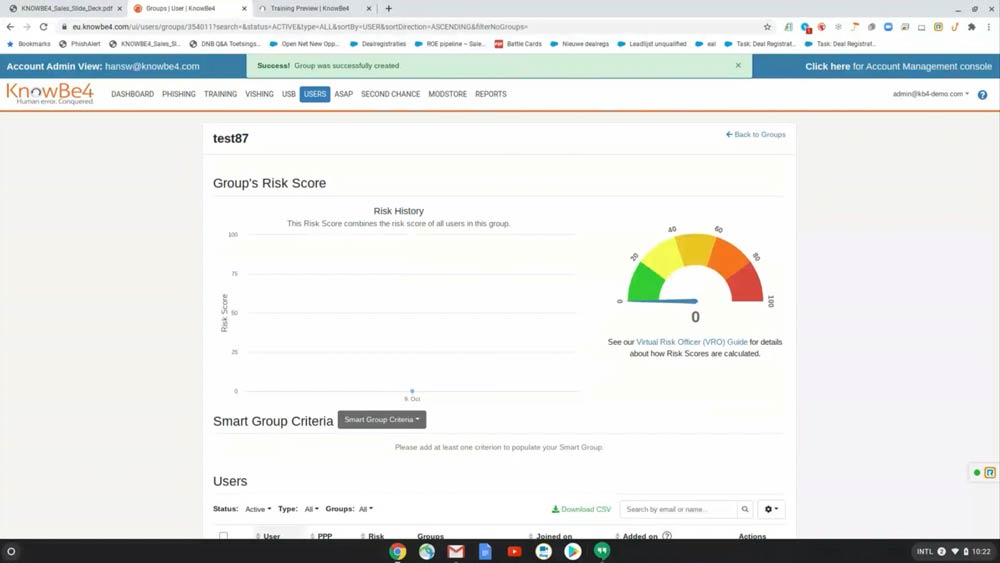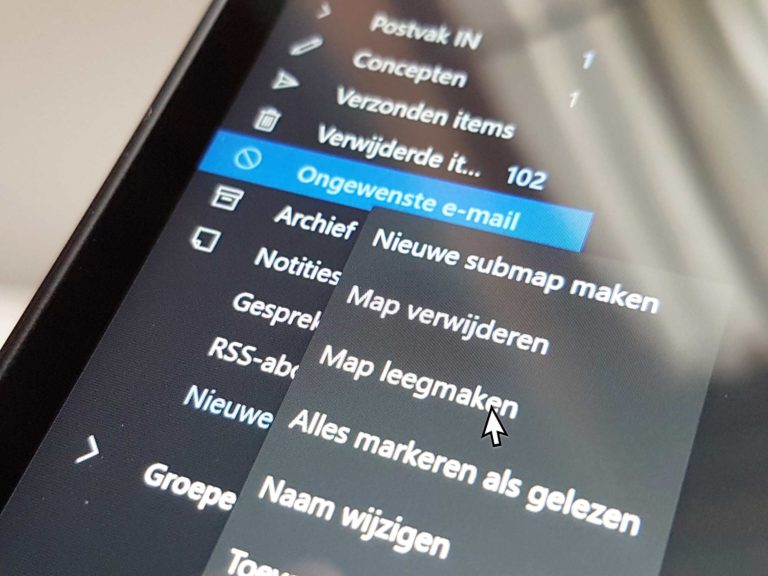Compared to last year (2020), the number of cyber attacks in Belgium has already increased by 66%. Every week, no less than 600 serious incidents are registered in Belgium. Hackers are becoming increasingly sophisticated and both online and offline(!) it is easier than ever for them to carry out targeted attacks.
We give hackers the run-around
It has become child's play to get hold of personal data. Many people show everything openly on their social media anyway. But also the more careful fellow citizen is a bird for the cat thanks to the many data leaks with which social media or large companies are confronted. This plays into the hands of malicious parties.
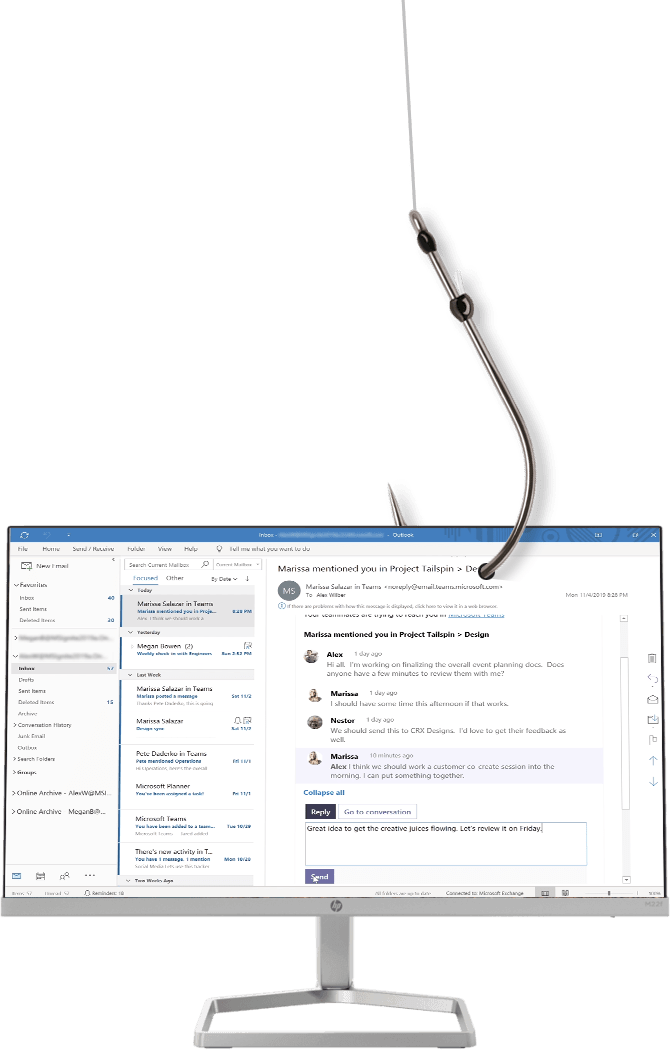
- Is that really your customer sending you a zip with a new order?
- Is that your boss asking you -in all discretion- to pay a big bill immediately?
- Is that Jan from the IT department asking you to sign in again on www.j0uwbedrijf.be/portaal...?
Detecting phishing is becoming increasingly difficult
Sometimes even seasoned IT specialists find it hard to distinguish whether a message is phishing or not. How challenging must that be for non-technical staff?
It goes even further than that. It happens that we find suspicious devices in organizations. "I found the USB stick in the reception desk" or "It was given to me by a salesman"... without them realizing that the stick can contain malware.
You are the weakest link
IT administrators do their utmost to ensure that all employees work as safely as possible, both in the office and at home. That's no laughing matter. But the weakest link in the chain remains the end user. The question is: how alert are they to identify suspicious messages, software, devices ...?
Don't assume they can just do this. You need to teach your staff the right reflexes. If a child has to look three times before crossing on a busy lane, a colleague should think three times before signing in or responding to certain emails.
How do I teach my employees to recognize phishing and risks?
Average 40% of your employees are inclined to click on phishing emails. By giving them a 'Security AwarenessAfter three months, the number drops to 20%. After one year, it drops to barely 2 to 4%. This is how you prevent serious malware or data loss. It is therefore logical that cybersecurity insurers make such a course for your staff a mandatory condition.
How does such a process work?
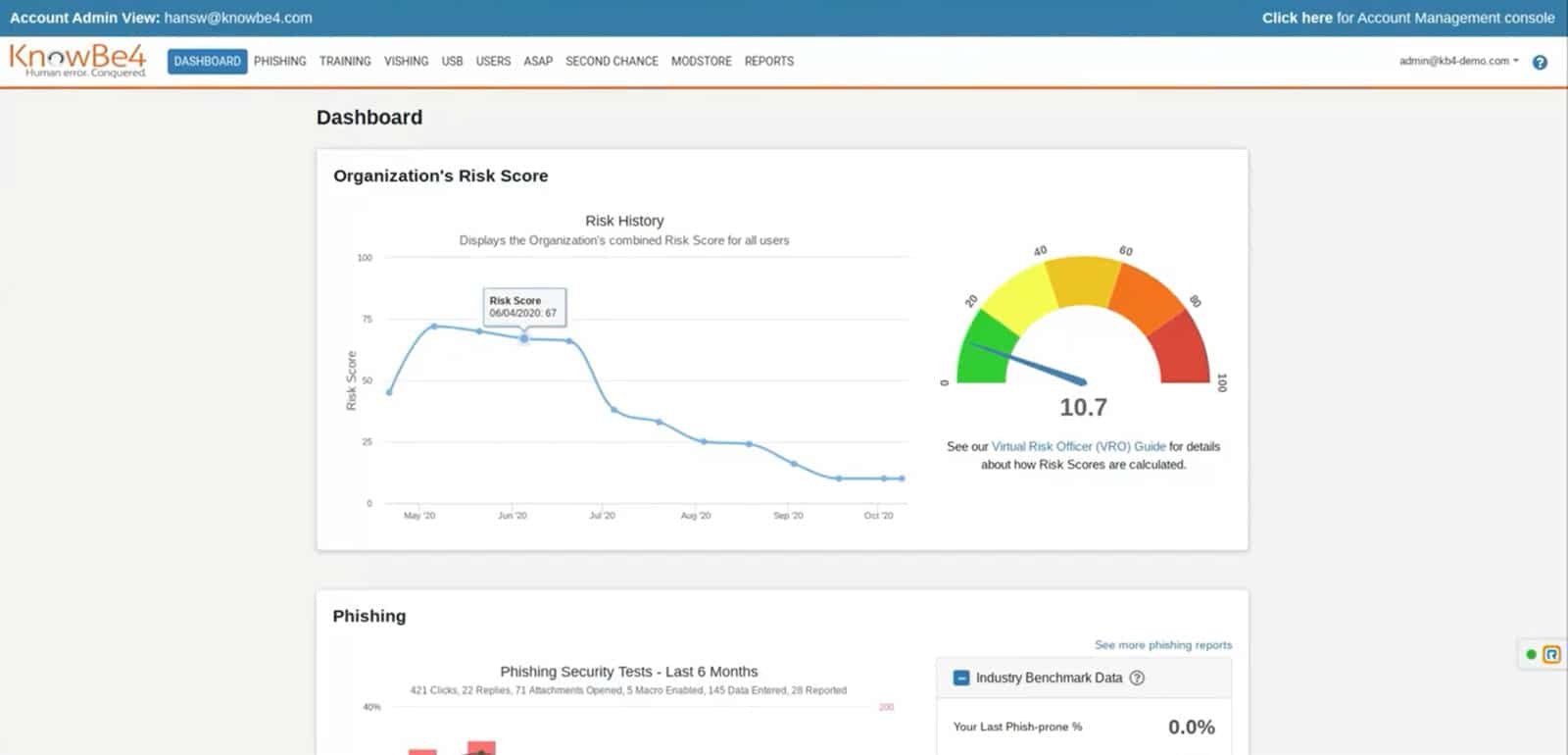
Subsequently, certain profiles are offered tailor-made video training programmes. They have to complete short, instructive routes. You can choose from hundreds of existing videos in different languages, and/or use your own videos. When they have completed their course, it is time for practical tests.
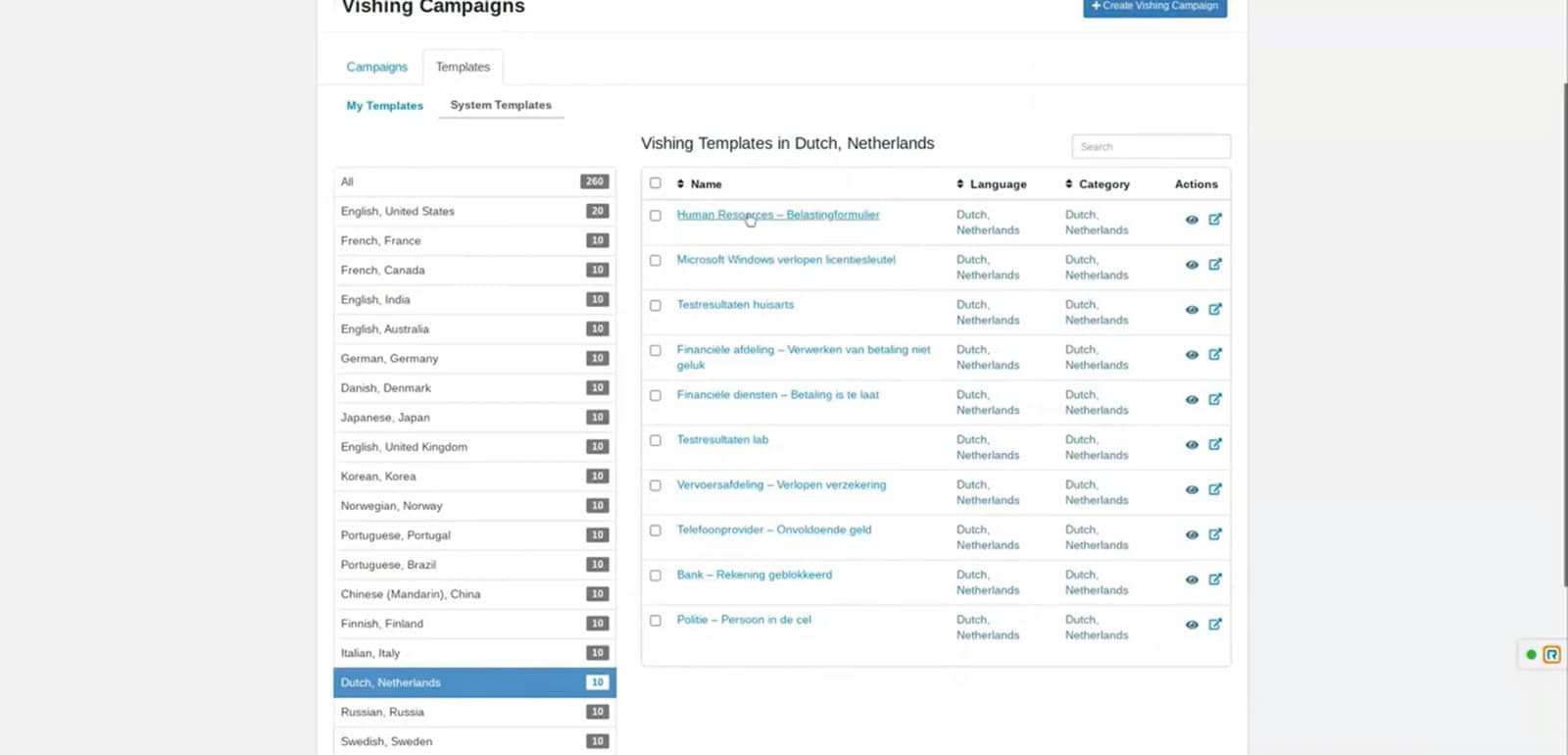
As an IT administrator you get to see who fell into the trap(s). Who put the USB stick in the PC? Who clicked on the phishing links? Who exposed sensitive info on the phone?... You can address these colleagues, provide new training and they will be closely monitored with new tests.
An investment with (in)visible ROI
Serious hacks, ransomware, data leaks, industrial espionage ... the consequences are incalculable. You invest with the Security Awareness platform in the safety of your staff and your organisation. In 2021, Forrester calculated the ROI to be 276% in three years and the project will have paid for itself in just three months... And you can sleep a little more soundly.
Want to see how it works? Contact Feel free to contact us or watch our webinar on the KnowBe4 Managed Security Awareness Platform below:
share this post:
